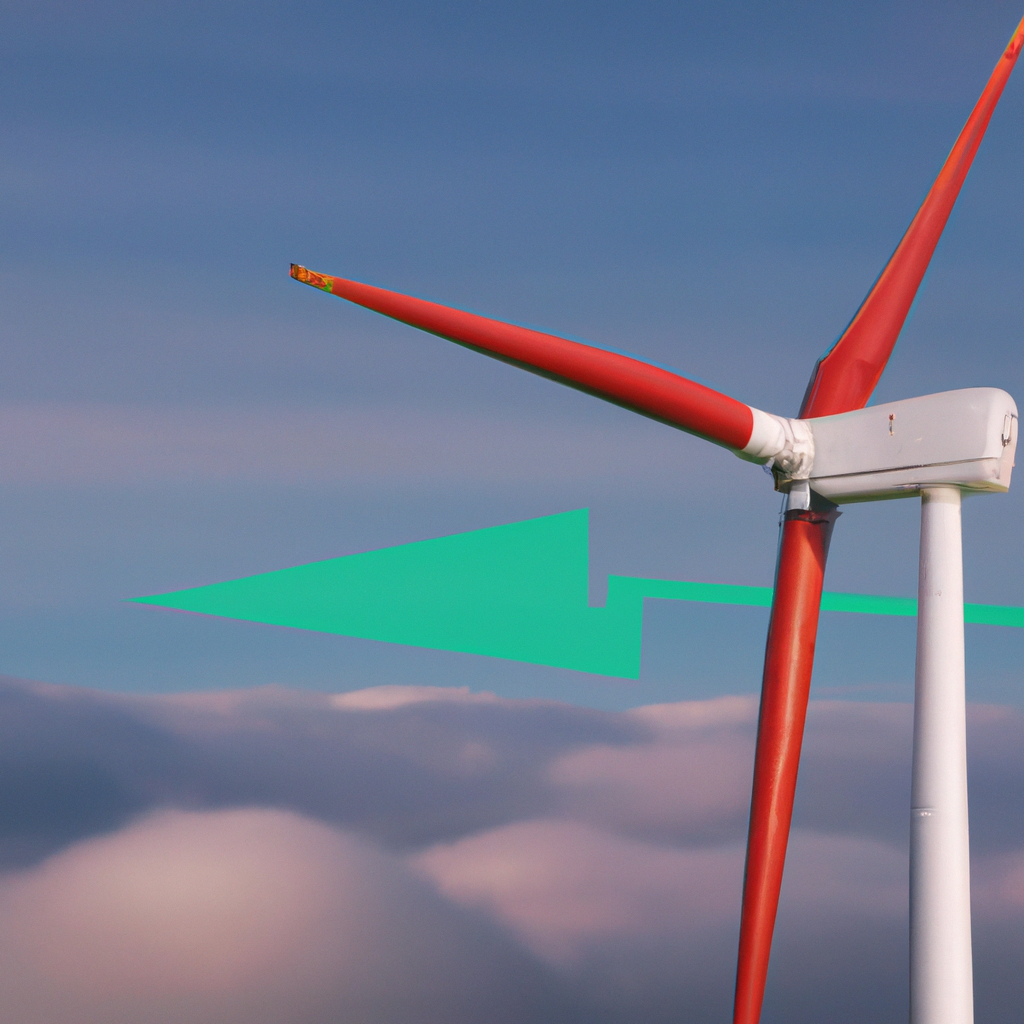Wind turbines are an increasingly popular source of renewable energy around the world. They use the power of the wind to generate electricity, providing a clean and sustainable source of energy. In this article, we will explore how wind turbines work, the technology behind them, and their role in the transition to a more sustainable energy system.
How do wind turbines work?
Wind turbines work by converting the kinetic energy of the wind into electrical energy. The basic principle behind wind turbines is simple: the wind turns the blades of the turbine, which then spin a rotor connected to a generator. The generator converts the rotational energy of the rotor into electrical energy, which can be fed into the electrical grid or stored in batteries.
Wind turbines come in different sizes and designs, but they all have the same basic components. The main components of a wind turbine are:
– The rotor: This is the part of the turbine that captures the wind and converts it into rotational energy. The rotor consists of two or three blades that are attached to a hub.
– The nacelle: This is the housing that contains the gearbox, generator, and other components. The nacelle is usually located at the top of the tower.
– The tower: This is the structure that supports the rotor and nacelle. Wind turbine towers can be up to 100 meters tall, depending on the size of the turbine.
– The foundation: This is the structure that anchors the tower to the ground. Foundations can be either shallow or deep, depending on the soil conditions.
Wind turbine operation
Wind turbines are designed to operate in a specific range of wind speeds. Most turbines start generating electricity at wind speeds of around 5-6 meters per second (m/s) and reach maximum power output at wind speeds of 12-14 m/s. If the wind speed exceeds a certain threshold (usually around 25 m/s), the turbine will shut down to prevent damage.
To maximize energy production, wind turbines are usually placed in areas with high wind speeds such as coastal areas, hilltops, and open plains. Wind farms, which consist of multiple turbines, are often built in these areas to take advantage of the available wind resource.
Wind turbine technology
Wind turbine technology has come a long way in recent years. Advances in materials science, aerodynamics, and control systems have made wind turbines more efficient and reliable. The most common type of wind turbine used today is the horizontal-axis wind turbine (HAWT), which has a horizontal rotor shaft and blades that rotate around a vertical axis.
HAWTs can be further classified into two types: upwind turbines and downwind turbines. Upwind turbines have the rotor facing into the wind, while downwind turbines have the rotor facing away from the wind. Upwind turbines are more common because they are more efficient and easier to control.
Another type of wind turbine is the vertical-axis wind turbine (VAWT), which has a vertical rotor shaft and blades that rotate around a horizontal axis. VAWTs have some advantages over HAWTs, such as the ability to operate in turbulent winds and the absence of a yaw system, but they are less efficient and more difficult to manufacture.
Sustainable energy
Wind turbines are an important part of the transition to a more sustainable energy system. They provide a clean and renewable source of energy that does not emit greenhouse gases or other pollutants. Wind power is also becoming increasingly cost-competitive with fossil fuels, making it an attractive option for utilities and consumers.
In conclusion, wind turbines are a critical component of the renewable energy mix. They use the power of the wind to generate electricity, providing a clean and sustainable source of energy. Wind turbine technology has come a long way in recent years, and wind power is becoming increasingly cost-competitive with fossil fuels. As we continue to transition to a more sustainable energy system, wind turbines will play a vital role in providing clean, reliable, and affordable energy for generations to come.







